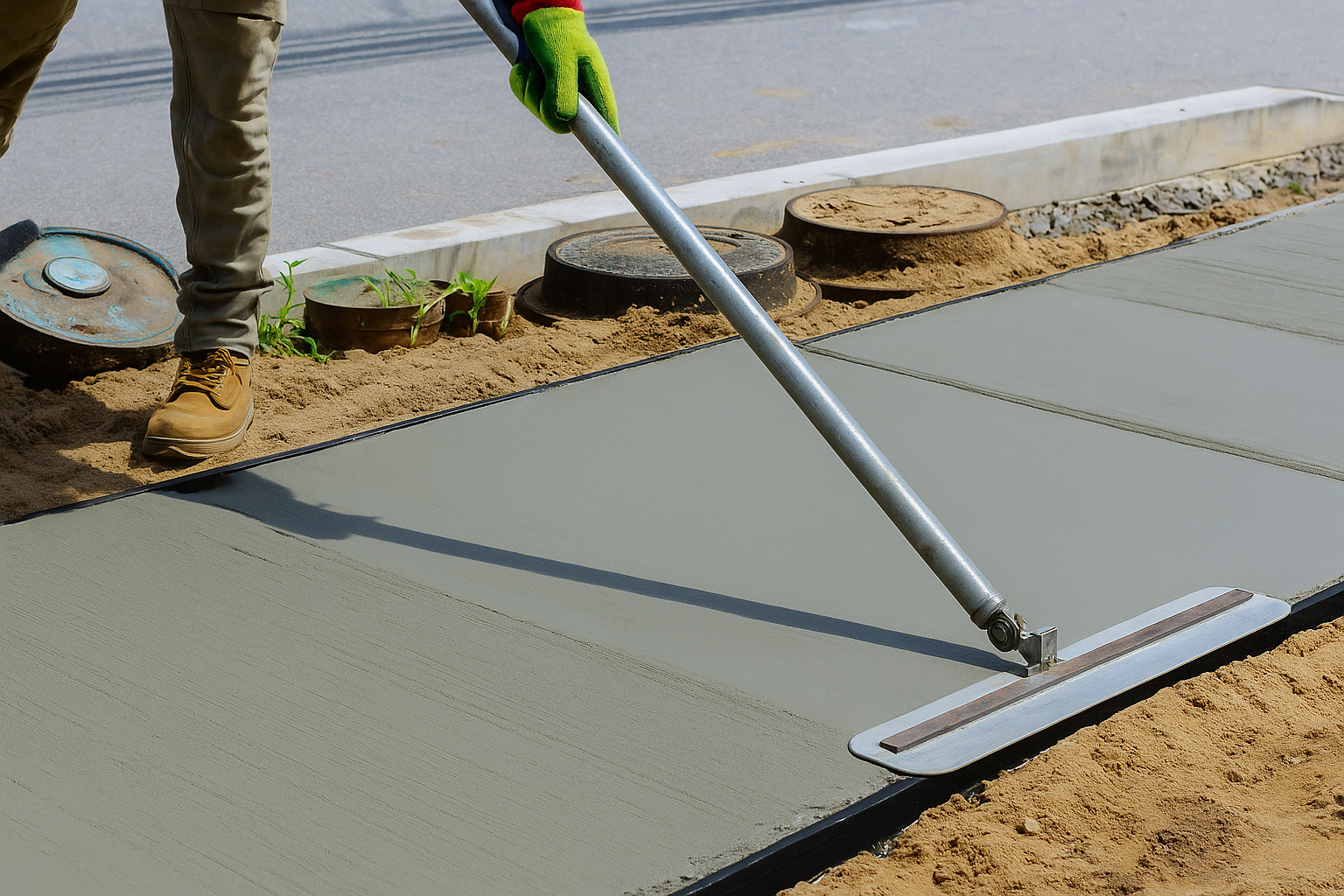How Plastic Lumber Solves a Concrete Former’s Biggest Headaches
When Mike, a concrete former in Ontario, set out on a busy season of projects, he thought his biggest challenges would be scheduling crews and managing pours. Instead, it was his forming materials that gave him the most headaches.
For years, Mike had relied on traditional wood lumber for forming. It was cheap and familiar, but it was also creating problems that ate into his profits.
The Challenges with Traditional Wood
On one particular commercial project, Mike’s crew had to strip the forms after a large pour. What should have been a quick turnaround turned into a costly delay.
The release agents he used to stop concrete from sticking had soaked into the boards, leaving them greasy, swollen, and weak. Nails from bracing had caused splintering along the edges, and several boards had already started to rot. Some were so damaged they couldn’t be reused at all.
That meant buying replacements mid-project — wasting time, wasting money, and piling up discarded lumber that would end up in the landfill.
Making the Switch to Plastic Lumber
Frustrated, Mike turned to GreenWell Plastics for a solution. The difference was immediate.
Unlike wood, plastic boards didn’t absorb water or release agents, so they stayed strong after every pour. Stripping forms was faster and cleaner — the concrete simply didn’t stick the same way. His crew also noticed how much easier the boards were to handle: no splinters, no rotted edges, no boards falling apart when fasteners were driven in.
But the real breakthrough came when Mike tackled a project requiring curved formwork. Traditionally, that meant struggling with wood boards that resisted bending. With plastic lumber, he was able to bend the boards smoothly into place, saving both time and frustration.
A Sustainable Solution
For Mike, there was another benefit that mattered: sustainability. GreenWell Plastics’ boards are made from 100% recycled and landfill-destined plastics. By choosing plastic lumber, he wasn’t just improving his bottom line — he was also reducing waste and helping keep trees in the ground.
Conclusion
Mike’s experience highlights a reality many concrete formers face: traditional wood boards are short-lived, costly, and unreliable. Plastic lumber provides a clear alternative — one that lasts longer, strips easier, bends where you need it to, and keeps projects moving without interruption.
When you’re ready to stop fighting with wood and start building smarter, plastic lumber is the clear choice.


